The 1960s were a transformative time, filled with social, cultural, and political revolutions. While many look back on this era with nostalgia, it’s important to recognize that not all practices from the ‘60s would be acceptable today.
From smoking in airplanes to lack of seat belts in cars, the ‘60s took liberties that modern regulations would frown upon. The societal norms allowed behaviors that today would be considered unsafe or socially unacceptable. This blog post explores 13 wildly common things from the ‘60s that simply wouldn’t fly in today’s world. Let’s dive into these fascinating aspects of a bygone era!
1. Smoking Everywhere

In the 1960s, smoking was not just a habit, it was a lifestyle. People smoked everywhere, from airplanes to office buildings, without a second thought. Today, however, smoking in public spaces is highly regulated.
The health risks associated with smoking are now widely recognized, and smoke-free environments are the norm. This shift reflects a greater awareness of public health and secondhand smoke.
While smoking bans may seem strict to some, they ensure healthier air for everyone. If you’re a smoker, consider designated areas to light up without affecting non-smokers around you.
2. No Seat Belts in Cars
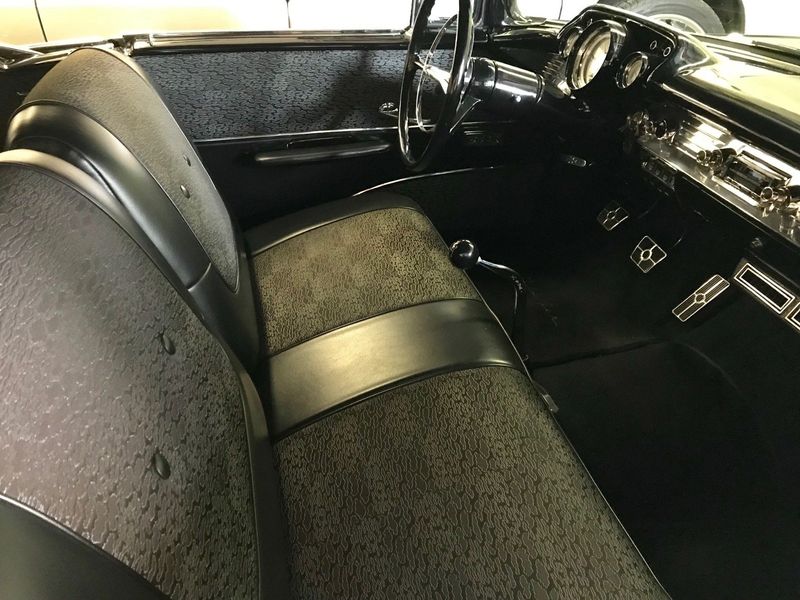
Seat belts were not a standard feature in cars during the 1960s. Families often traveled with children unrestrained in the backseat. Today, seat belts are mandatory, saving countless lives.
The absence of seat belts in the ‘60s reflects a time when road safety was not a major concern. Modern advancements focus heavily on ensuring passenger safety.
Always buckle up for safety! It’s a simple act that significantly reduces the risk of injury in an accident. Remember, it’s not just about following the law – it’s about protecting every passenger.
3. Casual Workplace Harassment

Workplace attitudes in the 1960s often overlooked what we now recognize as harassment. Inappropriate comments and advances were brushed off as part of the office culture.
Today, workplaces emphasize respect and equality, with strict policies against harassment. This shift empowers employees to speak up without fear.
Creating a respectful work environment is crucial. Encourage open discussions about behavior boundaries and support colleagues who may feel uncomfortable. Change starts with awareness and action.
4. Lead in Paints and Toys
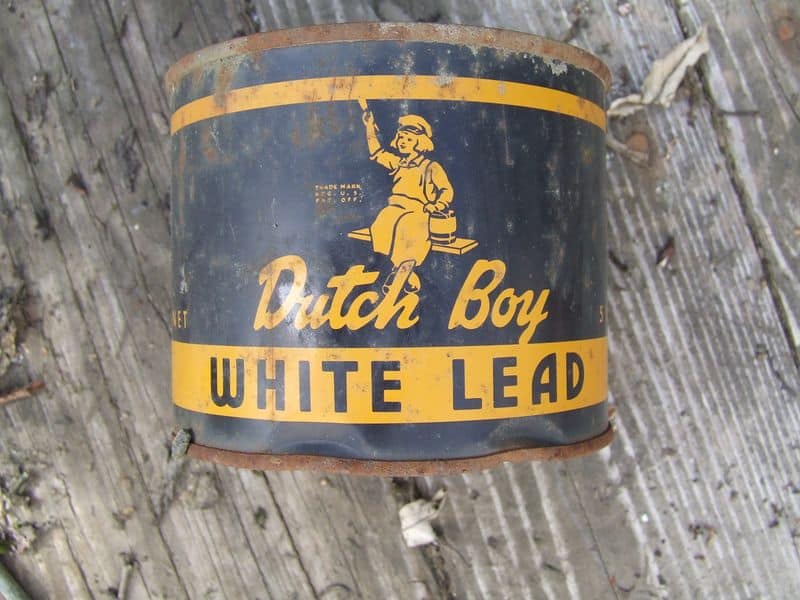
Lead was commonly used in household paints and children’s toys in the 1960s. It wasn’t until later that the dangers of lead poisoning became widely acknowledged.
Today, regulations strictly limit lead content in consumer products to protect health, especially in children. This change highlights the importance of understanding material safety.
Always check labels for safety standards when purchasing toys or home improvement items. Ensuring a safe environment is part of responsible parenting and home maintenance.
5. Casual Littering
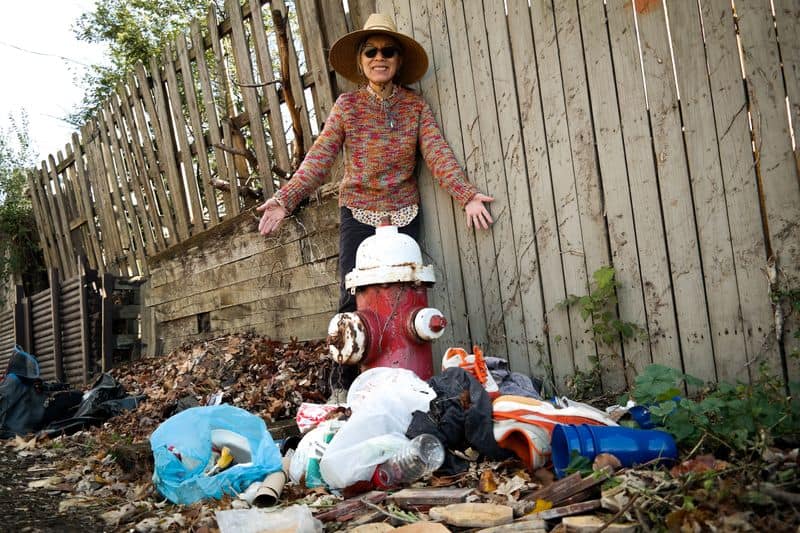
Littering was a common practice in the 1960s, with little regard for environmental impact. Parks, streets, and waterways often suffered from neglect.
Today, the emphasis is on sustainability and environmental protection. Clean-up campaigns and recycling programs encourage responsible disposal of waste.
Everyone can contribute to a cleaner planet. Carry a garbage bag for your waste and make recycling a habit. Small actions lead to significant change in maintaining our Earth’s beauty.
6. Drinking While Driving

In the ‘60s, drinking and driving wasn’t as heavily stigmatized as it is today. It was common to see someone enjoying a drink while behind the wheel.
Modern laws strictly prohibit this, recognizing the severe risk it poses to all road users. Campaigns promote sober driving and offer alternatives like public transport.
Always plan ahead if you intend to drink. Designate a driver or use ride-sharing services to ensure everyone’s safety. Responsible choices prevent accidents and save lives.
7. Gender-Specific Roles

The 1960s reinforced strict gender roles, with women primarily as homemakers and men as breadwinners. Advertisements and media perpetuated these stereotypes.
Today, gender roles are more fluid, with both men and women pursuing diverse careers and sharing household responsibilities. Society continues to strive for equality.
Encourage diverse perspectives and opportunities regardless of gender. Support policies and practices that promote inclusivity and challenge outdated stereotypes.
8. Polaroid Instant Cameras

Polaroid cameras were the cutting-edge gadget of the ‘60s, offering instant gratification in photography. Social events often saw these cameras in action.
Today, digital photography and smartphones dominate, rendering instant film a nostalgic novelty rather than a necessity. Technology has drastically changed how we capture and share moments.
While Polaroids are no longer mainstream, they hold a unique charm. Consider them for creative projects or to add a retro touch to your photography collection.
9. Dine and Dash

The practice of dining and dashing—leaving a restaurant without paying—was more common in the 1960s, often seen as a mischievous prank.
Today, this is considered theft and is taken very seriously by businesses and law enforcement. Restaurants rely on customer honesty to sustain their operations.
Always pay for your meals and respect the hard work of those in the service industry. If you’re short on cash, speak with the staff to resolve the situation respectfully.
10. Extreme Fashions
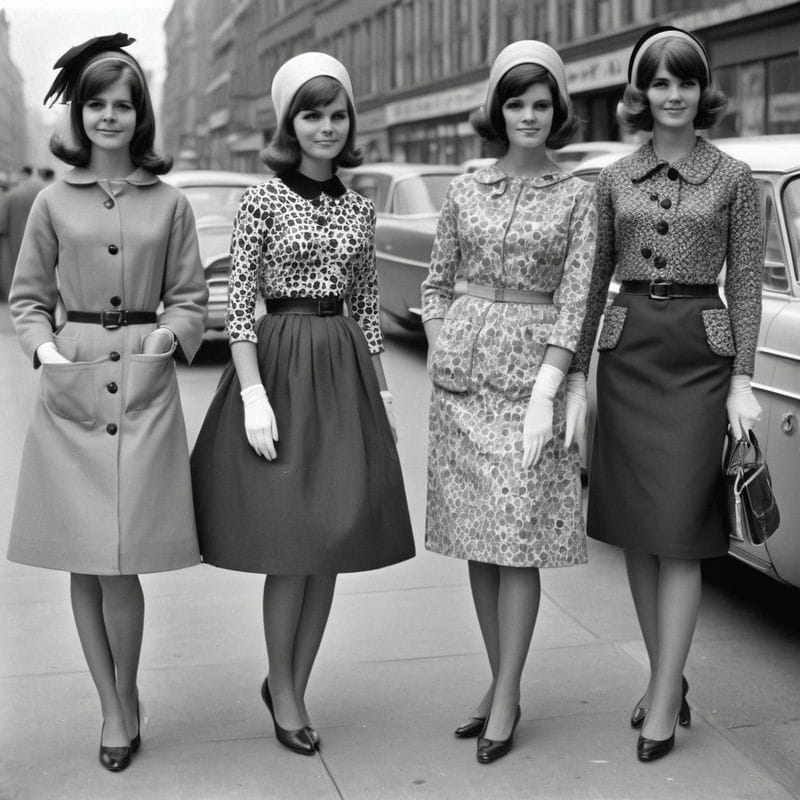
Fashion in the 1960s was all about extremes, with mini-skirts, bold patterns, and unconventional styles that turned heads. These trends were a form of personal expression.
While today’s fashion embraces diversity, certain styles from the ‘60s would be deemed inappropriate in formal settings. Fashion rules have evolved, balancing creativity with occasion.
Dress codes exist for a reason, but always feel free to express your style within those parameters. Fashion is a statement of individuality.
11. Lack of Child Safety Seats
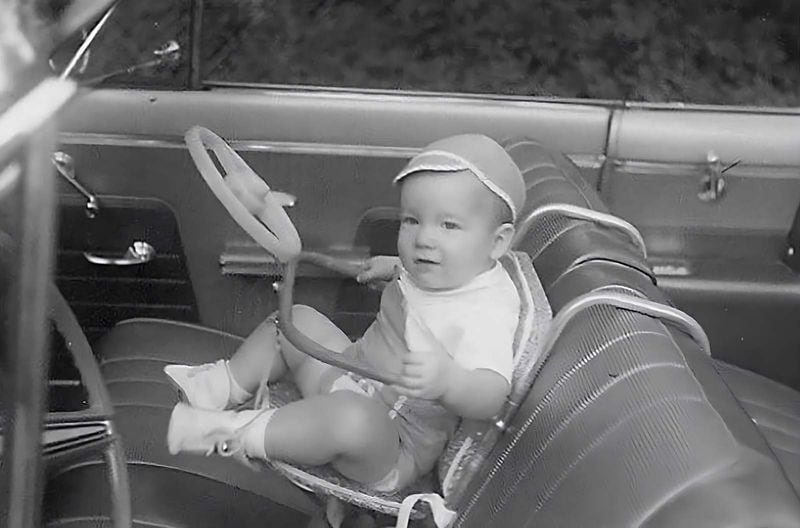
In the 1960s, child safety seats were not a common sight in vehicles. Parents often held children on laps during travel, unaware of the risks.
Today, child safety seats are mandatory, reflecting an increased focus on protecting young passengers. These devices have proven to reduce injury in accidents significantly.
Always ensure children are properly secured in age-appropriate safety seats. It’s a small step that makes a big difference in protecting little ones on the road.
12. Racial Segregation
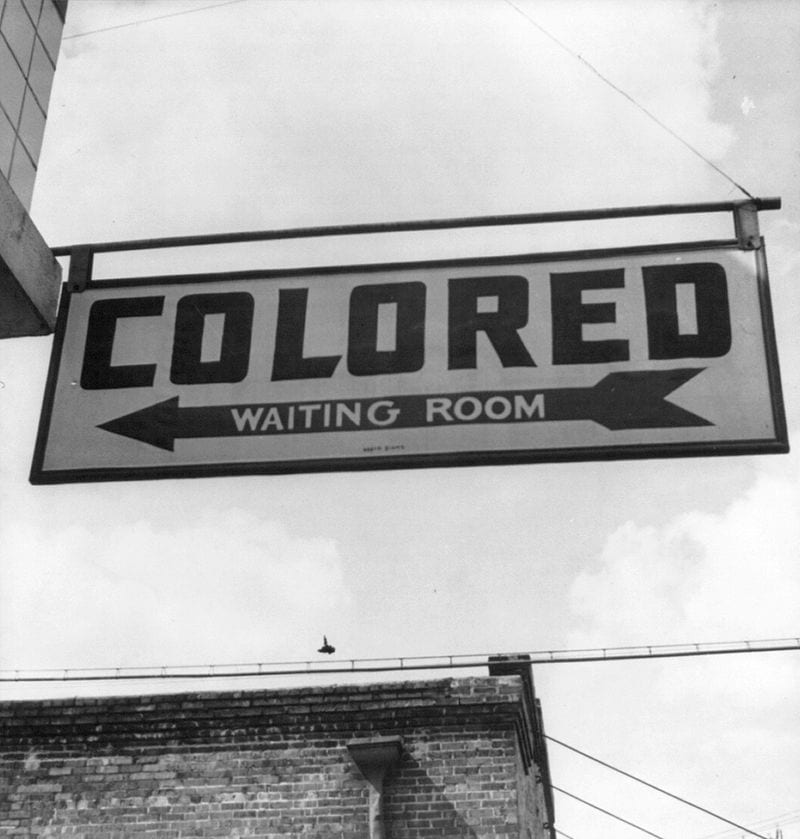
The 1960s were marked by racial segregation, a dark chapter in history that enforced division across society. Public places often had separate areas for different races.
Today, such practices are illegal and condemned, with continued efforts towards racial equality and integration. Society strives to learn from past injustices.
Promote inclusivity and challenge discrimination wherever you encounter it. Understanding and empathy pave the way for a united future.
13. Television Antennas

Television antennas were a staple in every home during the ‘60s, essential for catching the few available channels. Families often adjusted the antennas to improve reception.
Today, streaming services and cable have replaced antennas, offering vast content libraries at the touch of a button. Technology has transformed our viewing habits.
While antennas are largely obsolete, they remind us of a time when simplicity reigned. Embrace new technology, but cherish the memories that shaped entertainment history.
14. Penny Arcade Nuisance
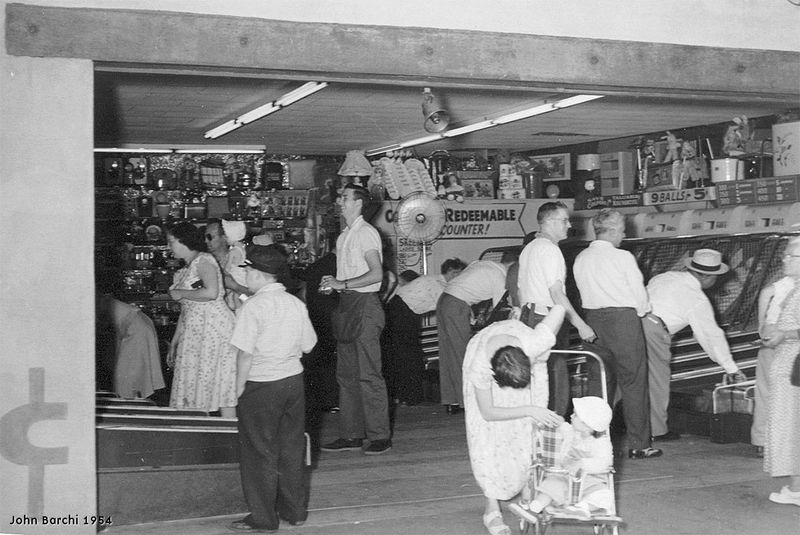
Penny arcades were the go-to entertainment hubs for young people in the ’60s. Teens flocked to these arcade games, not just to play, but to socialize with friends. Noise and rowdiness were the norm, often leading to minor skirmishes.
Arcade managers had to maintain order amidst the chaos, frequently shooing away unruly teens. Such behavior in public spaces today would likely result in immediate expulsion or even legal trouble.
The carefree, mischievous spirit of teens was tolerated back then, but today’s standards demand a more orderly conduct in public entertainment venues.
15. Telephone Party Lines

Party lines were a shared telephone service where multiple households connected through the same line. People could join in on conversations, leading to unintentional eavesdropping.
Teenagers often listened in on neighbors’ calls for entertainment or gossip. This lack of privacy was a staple of the ’60s communication landscape.
Today, the notion of shared phone lines is unthinkable, with privacy standards drastically improved. Modern technology prioritizes personal security, making party lines obsolete and even illegal in many places.

Well, hello there!
My name is Jennifer. Besides being an orthodontist, I am a mother to 3 playful boys. In this motherhood journey, I can say I will never know everything. That’s why I always strive to read a lot, and that’s why I started writing about all the smithereens I came across so that you can have everything in one place! Enjoy and stay positive; you’ve got this!

